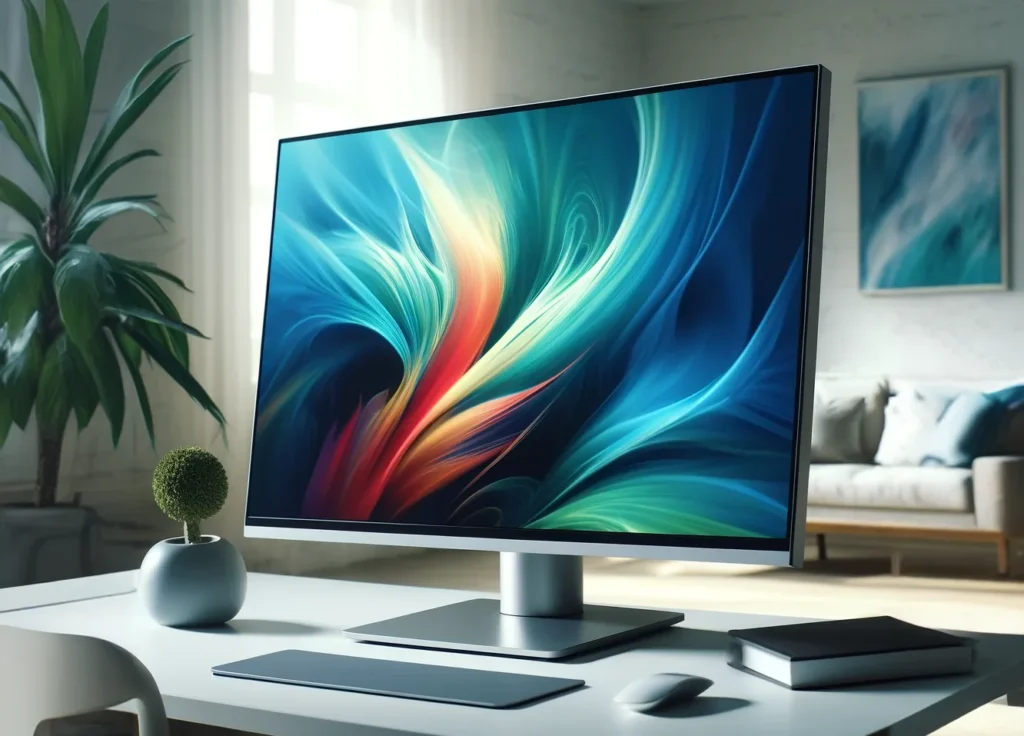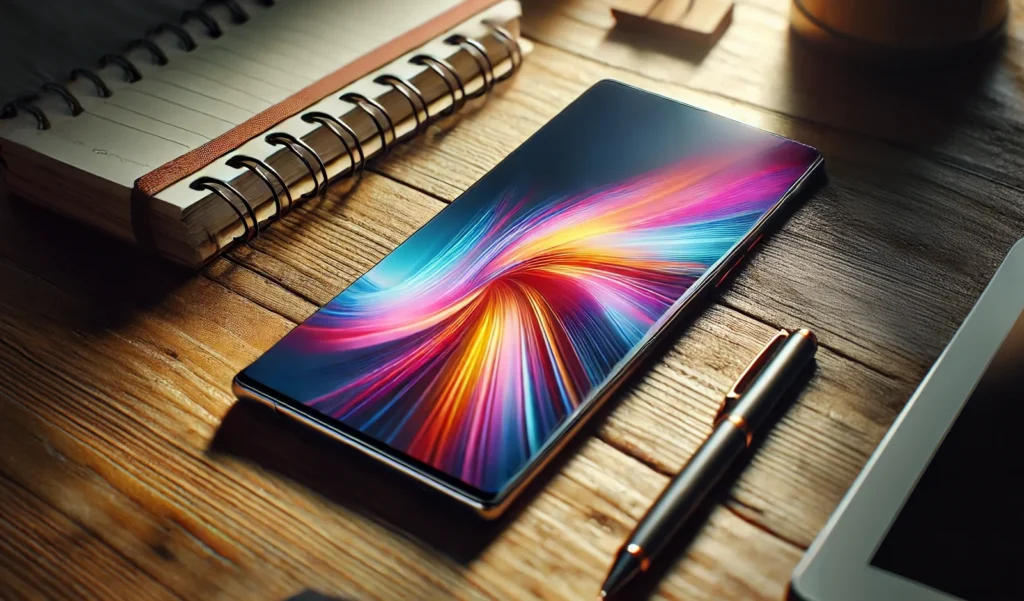![[tb-dynamic provider='__current_post' post='current' source='post-title' force-string='first' ]](https://unisystem.com/wp-content/uploads/2024/06/Que-son-las-pantallas--LCD-TFT-en.jpg)
Intense colors, light profile and contrast that accentuates every detail. Thus, in brief, TFT LCD displays can be described. The technology stands out for its incredible image quality.
Table of Contents
Cell phones, computers, projectors, car dashboards and other electrical devices are based on TFT LCD technology. What is it? What are its advantages and what makes it stand out? Let’s find out!
Understanding TFT LCD Displays: Fundamentals and Operation
What are TFT LCD screens? This abbreviation corresponds to liquid crystal displays with thin-film transistors that are composed of:
- a layer of TFT glass substrate,
- filter layers (polarizers),
- liquid crystals.
Its structure looks a bit like a sandwich. The layers of glass substrates are sandwiched together. One includes a TFT and the other an RGB (red, green and blue) color filter. Among them is a layer of liquid crystal.
Each pixel of an active matrix has an associated transistor. In addition, it contains a capacitor that allows each subpixel to retain its charge.
The advantages of TFT LCD displays are extensive: high image quality with consistent and vivid colors, good contrast and fast response time.
Evolution of screens: From CRT to LCD TFT
CRT technology is based on a stream of electrons projected onto a screen with phosphorescent elements. It does so through a vacuum tube. CRT displays, although they produce vivid colors, are large and heavy, consume a lot of power and have limitations in terms of screen resolution.
The quest for a superior visual experience has driven the evolution of the TFT LCD displays we could observe.
TFT LCD displays offer a higher resolution that enhances the viewing experience. They are much thinner and lighter than the old CRTs. In addition, they offer better image quality and faster response times. This leads to, simply put, less eye strain for viewers.
Key features of TFT LCD displays that make them superior
What features of TFT LCD monitors distinguish them from other types of displays? First, the pixel density provides exceptional image quality. Users can enjoy clear representations and an immersive visual experience. In addition, these devices allow accurate rendering of colors and fine details.
Other features of TFT LCD monitors include:
- wide viewing angle,
- consistent image quality,
- its fast response time,
- the light profile,
- reduced energy consumption.
Impact of TFT LCDs on power consumption and image quality
The transistors control each pixel individually. This is the reason why TFT LCD displays consume less power (compared to older technologies). The display uses light efficiently. This reduces the energy required to keep it running. Users can save money on bills thanks to these advantages of TFT LCD displays.
Precision pixel control results in vivid color reproduction and ideal contrast. The image quality of the TFT LCD is stable, which reduces visual fatigue during prolonged use.
Applications and devices benefiting from TFT LCD technology
Many electronic devices benefit from TFT LCD technology, including those used in everyday life: cell phones, televisions, computers, video game consoles and tablets. The use of modern displays is not limited to everyday objects. TFT LCD displays are also found in industrial monitors, navigation systems, projectors and car instrument panels.

